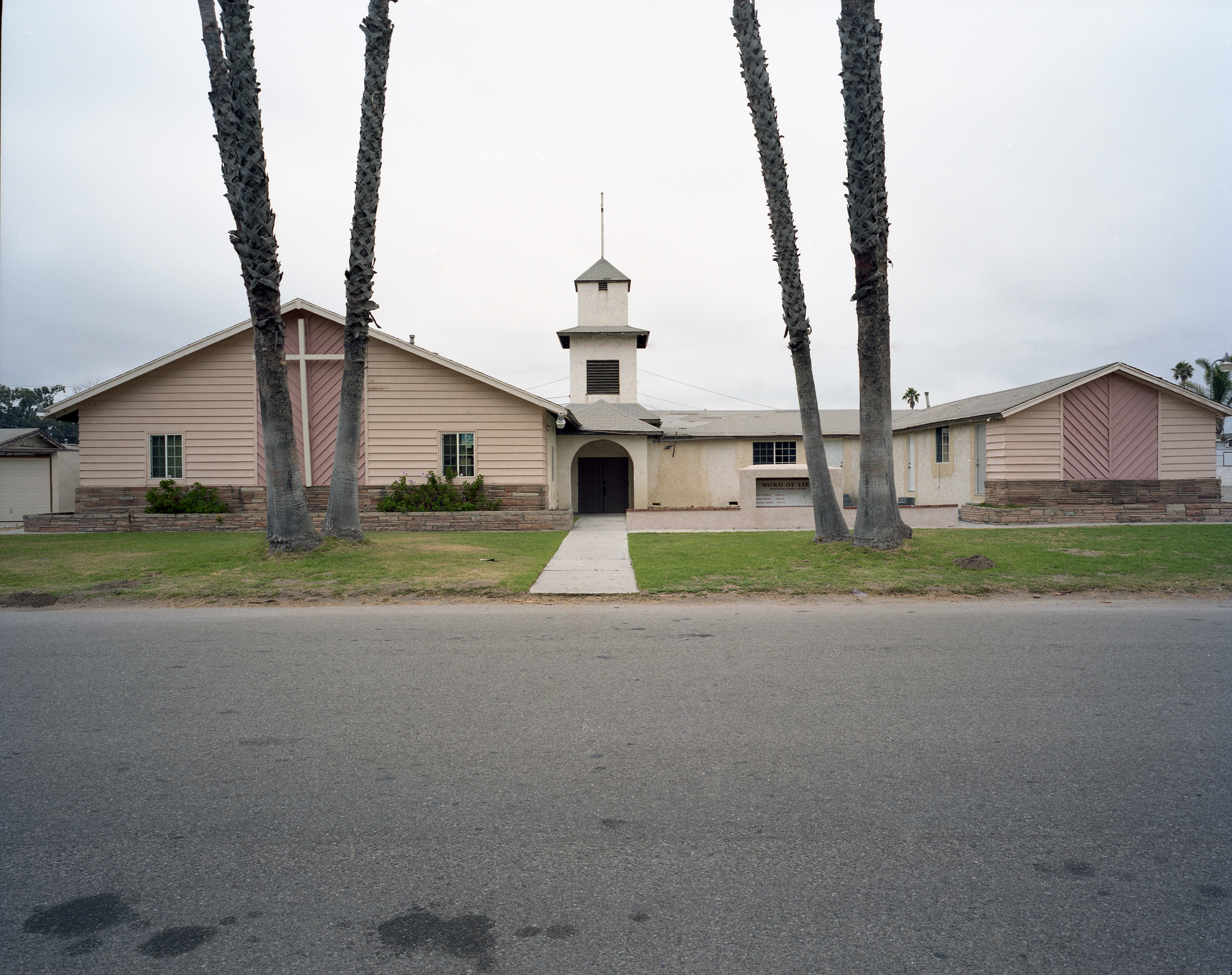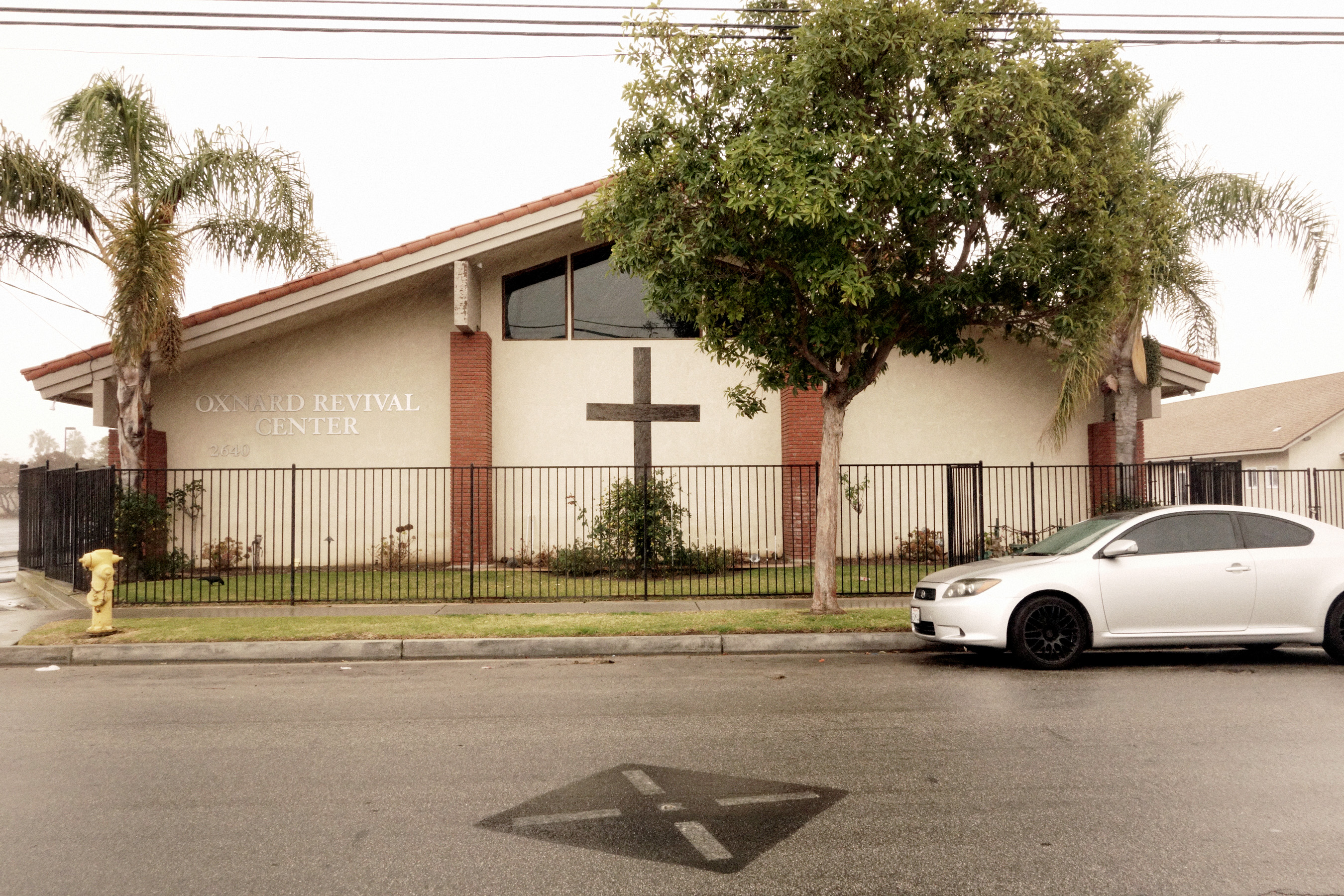







El Rio:
~ Remnants of Colonialism in The Hood
The streets of El Rio are branded with the names Cortez, Corsicana, Alvarado, and other sixteenth century European conquistadores. This acts as a constant reminder to the majority Mexican-American population of the brutal history and oppression that came along with the conquest and colonizatio of the Americas. This idea is perpetuated with the disproportionate amount of “religious-charitable” property holdings, or churches. Historically, religio has been used as a means to control large populations of people. The word colonialism has been washed of its negative connotation within the United States and is generally glorified. That glorification is amplified, especially in California, with the creation of the mission system and the rhetoric taught in public schools. These structures exist within El Rio and are depicted as symbols of faith and service to the community. However, what they symbolize does not necessarily reflect the needs or wants of the community.
El Rio is a small, unincorporated portion of Ventura County in the northeast side of Oxnard. The town measures approximately one square mile and is surrounded by farmland. The County of Ventura considers El Rio a “disadvantaged” community. Many of the elements that make up a disadvantaged community are merely infrastructural. These infrastructural disadvantages include dirt roads and the absence of streetlights and sidewalks. The majority of these public works projects that El Rio lacks are funded largely by property taxes to which the thirteen churches, attended mostly by non-residents, do not contribute to. This begs the question whether or not these symbols of faith and charity actually help the community at large.
Founded in 1875 by Jewish merchant Simon Cohn, El Rio, (previously known as New Jerusalem), served as an outpost along the Camino Real for the California mission system. By the early 1950s, the post-war housing boom had taken off, and the El Rio we know today, was built. During the 1990s, it fell victim to gang violence and the overall crime rate was 15% higher than the national average. During this time, residents began referring to El Rio as “the holiest place on earth”. New Jerusalem, as well as the multitude of churches and gang violence, lent itself well to the satire of this ironic new name.
El Rio is very much a forgotten town overshadowed by The Collection and River park, part of a massive new housing and retail development, which includes Whole Foods and other retailers that are known symbols of gentrification. The developers of River Park and The Collection set aside $6.15 million to revitalize downtown Oxnard, but grossly neglected the neighboring community
of El Rio. These images show the everyday life of the residents of El Rio being overshadowed by their neighboring communities and these antiquated structures of colonialism.